IT IS no secret that the transatlantic partnership is at risk. Admittedly, this condition may seem neither new nor unusual. Ever since the United States assumed, on behalf of the West, a leadership it had earned the old-fashioned way—one war at a time—its main European partners have questioned its goals, methods, and even its values. Similarly, ever since the states of postwar Europe began their mutation into a European Union (EU), their ultimate goals, singular methods, and even some of their values have been cause for concern or occasional hostility, not just ambivalence, in the United States—one president and one issue at a time.
Yet, for both the United States and the states of Europe, the crisis is different this time—certainly critical, difficult to contain, and possibly existential.
The difference can be explained in many ways. For one, the crisis is unusually complete, as it combines a full range of overlapping strategic, economic, and political issues that involve the EU and NATO as well as each of their thirty-five members. These issues transcend the personalities of their leaders or the specificities of any one state’s policy. Even absent Donald Trump, Brexit settled, and Vladimir Putin gone, the EU and NATO, the two main institutional pillars of the transatlantic partnership, would face a consequential agenda: engaging Russia, managing the Greater Middle East, responding to China, controlling the spread of nuclear weapons, ending the wars of 9/11, sustaining a rules-based commercial order, addressing the urgency of climate change, sharing the impact of a growing migrant crisis, regulating the cyber anarchy, digging out of massive imbalances, and more. These highly complex issues are the known knowns of the post-war, post-secular, and post-national agendas of the decade ahead. For many of these issues, the long term is running out of time. This is a time for more unity, not less—if not now, when? As Angela Merkel poignantly reminded Harvard’s new graduates in May 2019, “Anything that seems set in stone or inalterable can indeed change,” whether for better or for worse.
 The country’s Chandrayaan 2 spacecraft has successfully launched from the Sriharikota space centre – a giant leap in its increasingly ambitious space programme.
The country’s Chandrayaan 2 spacecraft has successfully launched from the Sriharikota space centre – a giant leap in its increasingly ambitious space programme.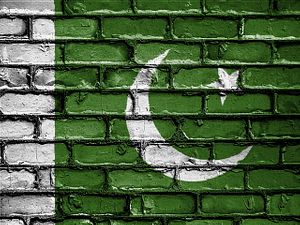

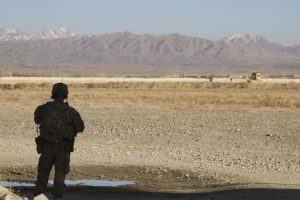




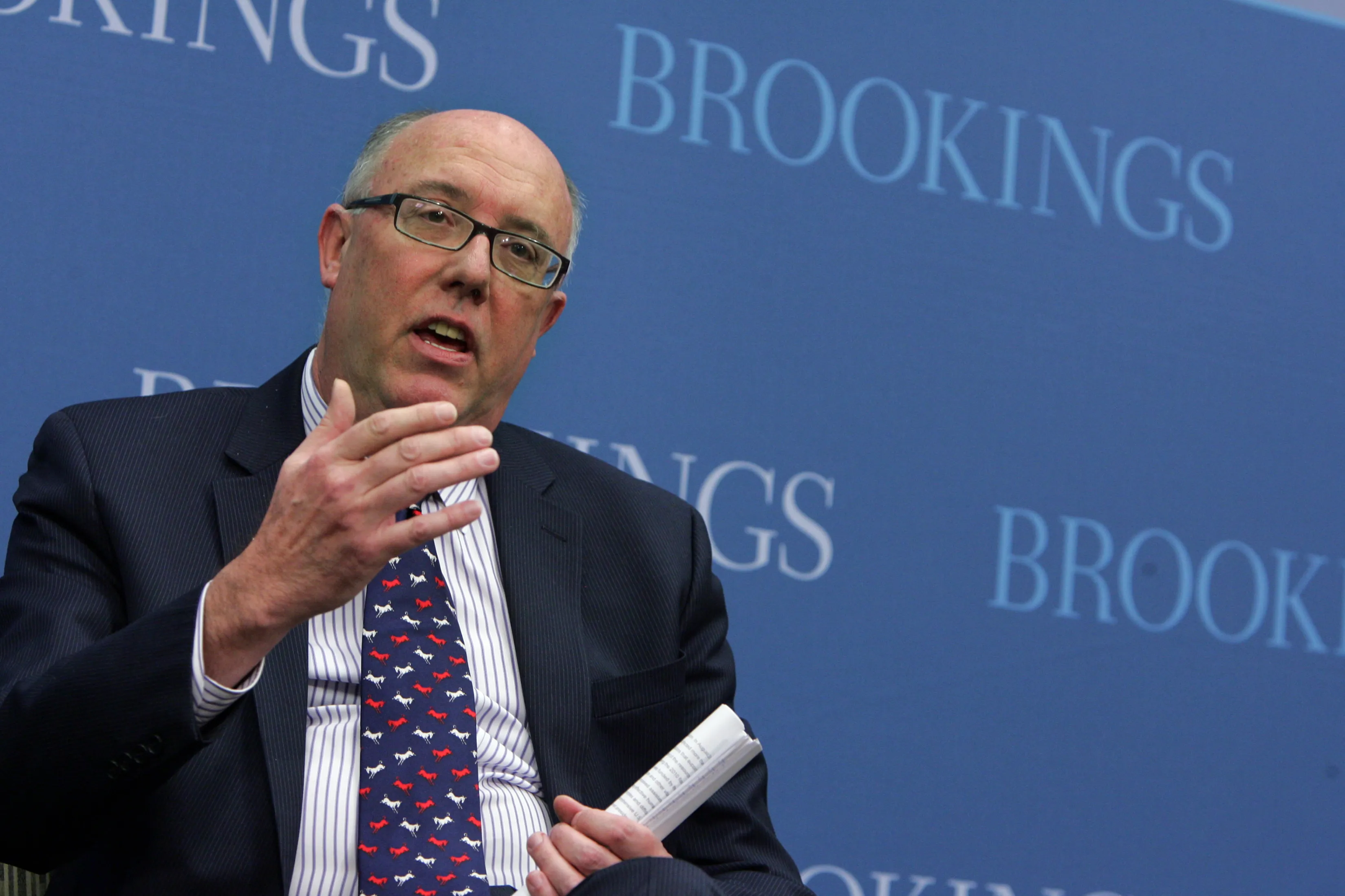
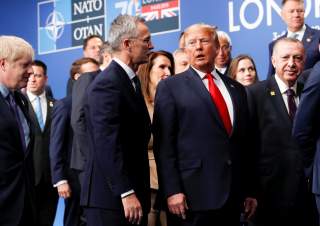


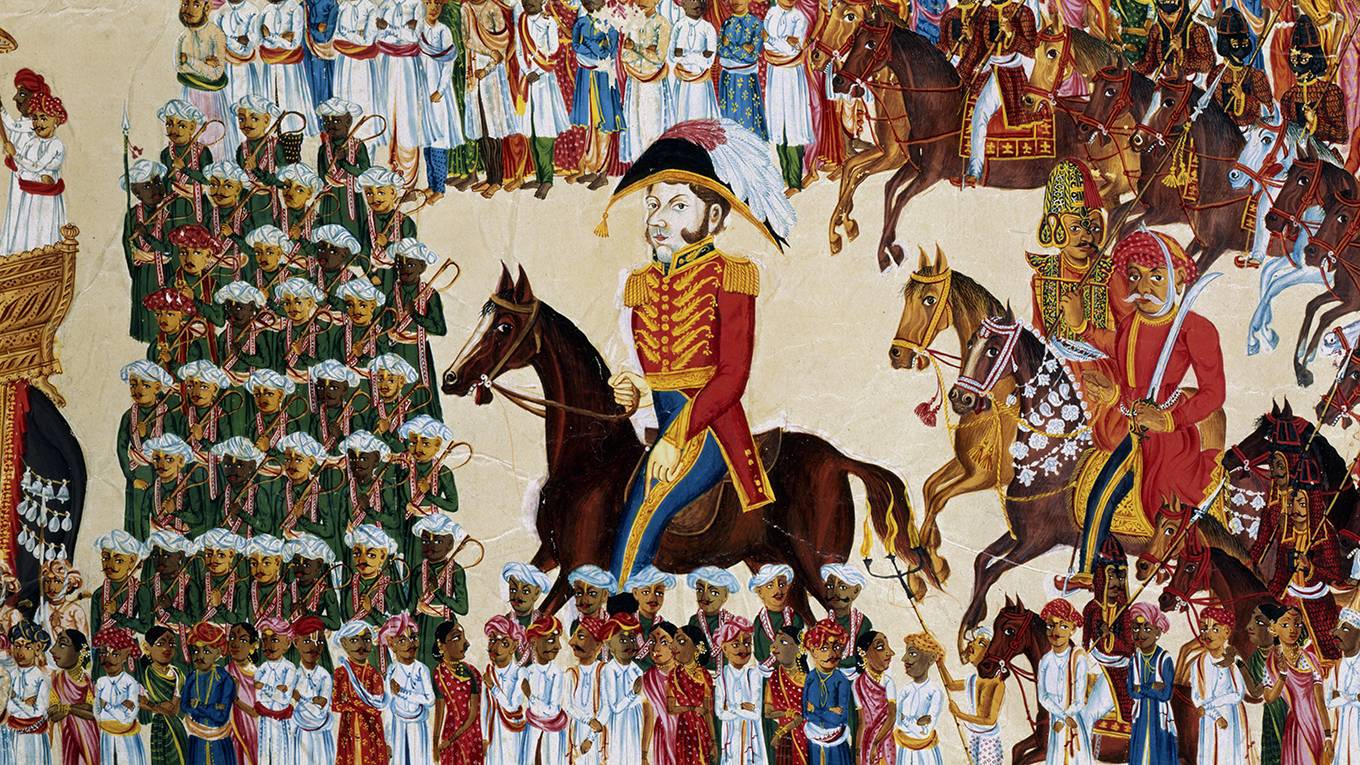





/arc-anglerfish-arc2-prod-mco.s3.amazonaws.com/public/G6DCAX4EUBAWZAIHSNEKD3DRCM.jpg)
